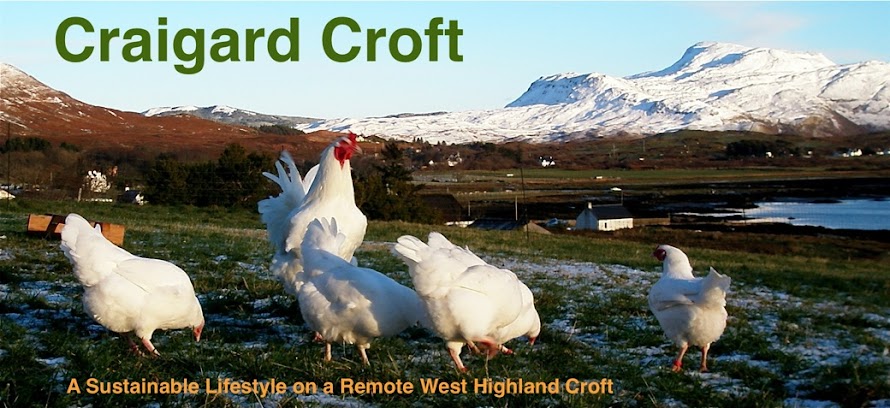 |
| Sheep stell |
A hill ewe's reaction to cold wind and snow is to seek shelter in the lee of a wall, a rock or tree. snow then drifts over her. Because they are sheep they do things together and many can be lost after a few days of burial.
For hundreds of years shepherds have driven their ewes into drystone walled "stells" for shelter.
The stell like this one at Windyhaugh in the upper Coquet Valley can be up to 20 m in diameter and are capable of holding several hundred sheep safely until the storm is over. Stells are usually located at low level and near a burn (stream) and emergency food supplies.. The walls are about 1.5 m high and provide shelter all around the whole inner circumference.
the birth of the lambs or for a lamb adoption the stell is then a useful holding pen.
 |
| Windyhaugh Farm with snow on the way |

4 comments:
Hi,
Bet quite a few of your readers will struggle to pronounce Haugh!
And of course the surname Waugh, which when it occurs in Northumberland is pronounced as in haugh.
Dave
To pronounce "haugh" just imagine you are a BBC newsreader saying"half".
.. or in the south of Northumberland, 'hoff' will do ..
Very interesting. Thanks.
Mike
Post a Comment